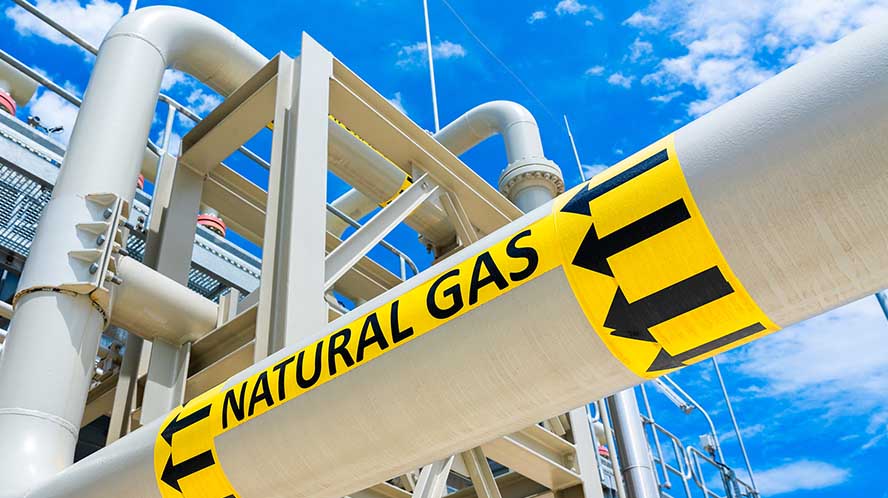The busiest time of the year for the travel industry began with warmer-than-average temperatures in Europe and the U.S., fewer flight delays than last year, and resilience among American consumers. Those developments are influencing consumers’ vacation plans and the outlook for companies’ earnings.
Here are key takeaways from Morgan Stanley Research:
Americans Want to Keep Traveling
U.S. consumers’ intentions to travel remain solid, despite economic uncertainties. A Morgan Stanley AlphaWise survey conducted in June showed that 61% of consumers are expecting to travel within the next six months. It’s a little above the results of May (59%) and June of last year (60%).
Although the number is still below the 64% reached in the survey carried out in March, before the announcement of new U.S. tariffs, the slight recovery in sentiment is boosting optimism in the travel industry.
The June survey also showed that fewer consumers (33%) are planning to reduce spending in response to tariffs. In April, after the so-called Liberation Day, that number rose to 42%, with travel in second place among the categories most likely to be cut back, only behind food away from home.
Record-Breaking Temperatures
Europe experienced two heatwaves in mid- and late-June to early-July. June was the warmest on record in Western Europe. During the second heatwave, temperatures exceeded 40° C (104° F) in several countries and reached 46° C (115° F) in Spain and Portugal.
The remainder of the summer is expected to be warmer and drier than average for most of Europe.
Meanwhile, a U.S. heatwave in June impacted nearly half of the country’s population, with temperatures setting new record highs in several cities on the east coast.
The hotter-than-average weather could influence both where and how consumers spend their vacation and leisure time, ultimately affecting businesses.
“In the hotel sector, ‘coolcations,’ or destinations with cooler climate, are an emerging theme, with consumers looking to escape the heat,” says Jamie Rollo, who leads Morgan Stanley’s Europe Travel & Leisure Research. “For pubs and restaurants, whilst those with more outdoor space are likely to benefit, very hot weather may drive people to stay home.”
Flight Delays Decline in Europe
The increase in travel volumes inevitably leads to more flight delays as airports become stretched. Delays worry both consumers and airlines. In Europe, airlines may need to offer passengers compensations of €250 to €600, depending on the delay and flight length.
The good news is that, so far this year, the average delay in Europe was 11.1 minutes, 5% less than last year and 2% below pre-Covid levels.
“We note that last year also showed an encouraging start, but delays jumped in June and July due to air traffic control strikes, the CrowdStrike IT outage, airspace restrictions and weather disruption,” Rollo says. “Given that there are still periodic labor strikes in France, the weather has been very hot, and the airspace remains busy, we caution against expecting a disruption-free summer holiday in Europe.”
Fewer Foreigners Visiting the U.S.
Recent data from U.S. transportation agencies and airlines confirm that Americans haven’t reduced their travels within the country or abroad.
However, international arrivals of non-American citizens into the U.S. decreased 7% in June from a year earlier and remained 17% below 2019, or pre-pandemic levels.
“It’s not a surprise that non-U.S. citizen international arrivals decline amidst heightened geopolitical uncertainty,” says Ravi Shanker, who covers the North American transportation industry at Morgan Stanley. “That said, this decline does not appear to be nearly as deep or broad as feared earlier this year.”
Optimism From U.S. Airlines
Preliminary second-quarter earnings from the sector showed that U.S. airlines are cautiously optimistic that travel demand is returning to the normal trendline expected at the beginning of the year.
Initial earnings and guidance for the rest of 2025 were above consensus estimates. Additionally, U.S. airlines highlighted the strength in bookings of premium seats, their most profitable ones.
“Industry results reflect stable demand in the consumer and corporate traveler, and diverse revenue streams remain resilient,” Shanker says. “We believe capacity cuts and a consumer that still wants to travel could set up a healthy demand-supply environment.”
Cruise Lines Holding Prices Up
The cruise line sector is dealing with more weakness in bookings, which declined in June both on a monthly and a yearly basis.
“Agents cited weaker consumer confidence, fears around the conflict in the Middle East and concerns about the perception and treatment of Americans abroad as reasons behind the weaker results,” Rollo says.
However, cruise line operators have been able to hold up prices, with tickets rising about 10% year-over-year. Additionally, about 85% of capacity for the second half of this year has been sold. Companies are now focusing on sales for 2026 and beyond.
The introduction of private islands is turning into a win-win initiative for cruise lines. By offering their own land-based destinations, the industry creates a superior, controlled environment exclusively for their guests, captures high-margin revenue lost to third-party vendors and reduces fuel and port costs.
Luxury Hotels Outperforming
In the lodging sector, revenue per available room (RevPAR) decelerated in the second quarter.
“Data generally remains dull in both Europe and the U.S. for hotels,” Rollo says.
However, RevPAR in the U.S. luxury segment grew 4% from a year earlier, outperforming the economy segment, where RevPAR declined 3%.
“These data points to a more resilient higher-end consumer,” Rollo says.




